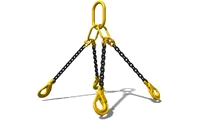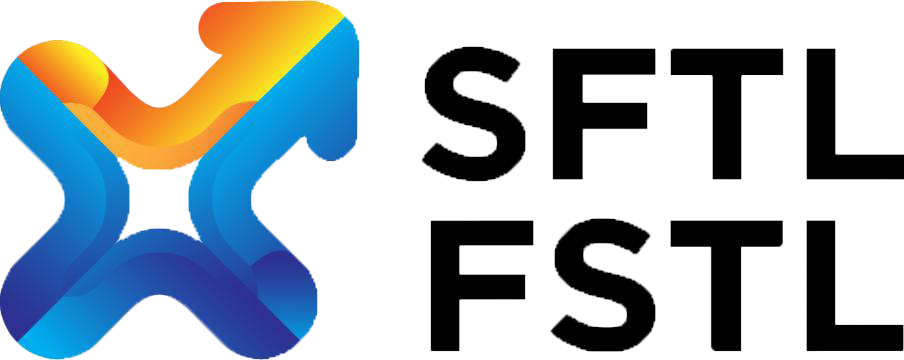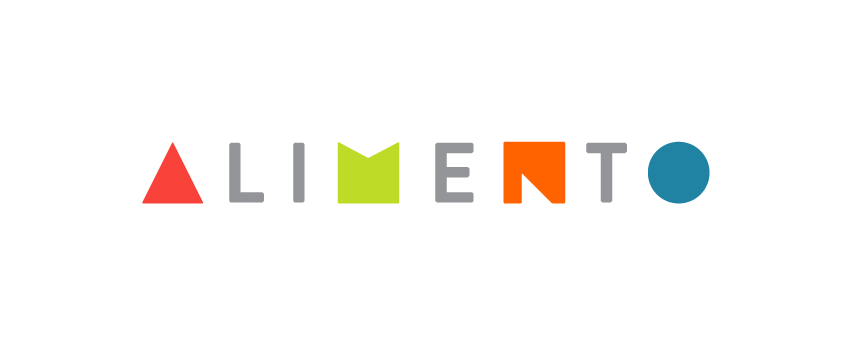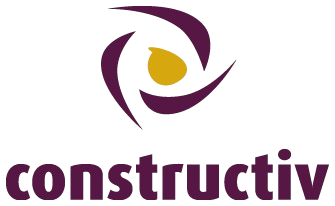Lifting and moving a load requires understanding and skill.
Lifting equipment and tools are attachments such as ropes and hooks that are part of the crane equipment or lifting straps, chains and steel cables used to strike the load that are not part of the crane.
Content:
This training consists of 3-4 hours of theory and 3-4 hours of practice.
- Legislation
- Know the basics of legislation ARAB, Codex, liabilities and responsibilities.
- Definitions hoisting equipment/devices used on occasion as hoisting equipment/equivalent to hoisting equipment.
- Risks and accidents
- Risks specific to the tools and work situations.
Be able to identify, analyze and control these. - Knowledge of the different lifting equipment (steel wire ropes, chains, lifting belts, sling, ling, jump, precursor, etc.)
- Fracture charge
- Working Load Limit or safe working load
- Use coefficient K
- Construction hoisting equipment: chains, hoisting belts, cables
- Checking and depositing steel wire ropes/slings/chains/lifting belts, deposition criteria
- Connections/D closure/Harp closure
- Bolts, lifting eyes, lifting hooks and screw sleeves
- Attaching the load (center of gravity, angle of attack)
- Correctly securing the load (hooks, chains, lifting belts)μ
- Slippery objects, long loads
- Lifting clamps
- Strike in the vicinity of high voltage
- Influence of wind
- Moving the load (standardized gestures, sound signals)
- Avoid swinging,
- Stopping and lowering the load












